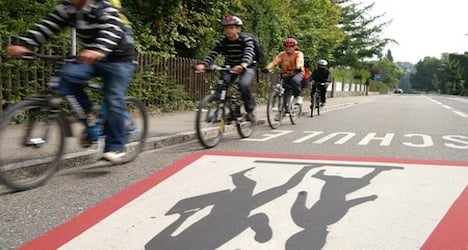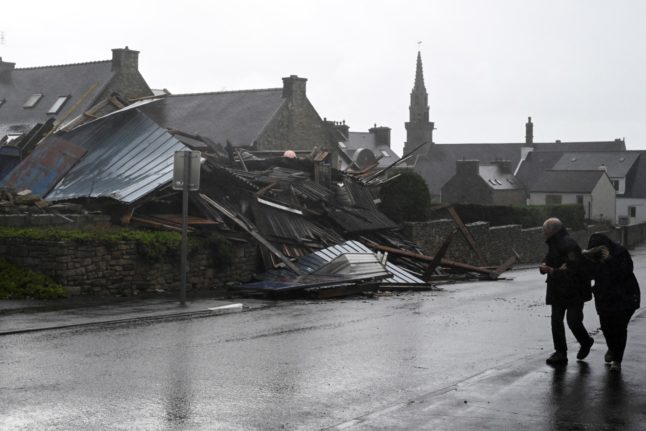That’s one of the key findings of a report issued by insurance company Allianz Suisse on Thursday.
The report found that the car had become much safer as a means of transport in Switzerland.
In its security report for 2013, Allianz Suisse said that for the population as a whole walking or cycling was eight times more dangerous than travelling by car.
“Every three to four days a pedestrian or cyclist dies as a result of a road accident, “ the report said.
It said the dangers of cycling accidents were underestimated.
Over a third of these – mainly falls – involved no other vehicles.
The report’s compilers said they considered the bicycle the least suitable means of transport for children as the risk of an accident was five to seven times higher than with the school bus or walking.
“The facts speak for themselves: cycling is dangerous,” commented Allianz Suisse spokesman Hans-Peter Nehmer, quoted by the 20 Minuten website.
The report found that since 2012 the proportion of children wearing a bike helmet had fallen from 68 to 63 percent.
It was essential that children using a bike to get to school knew the traffic rules and had the right equipment, the insurer said.
The Swiss teachers’ association said although the figures were alarming, parents resorting to driving their children to school was not the answer.
“Children need to learn how to manoeuvre correctly in traffic,” central secretary Franziska Peterhans told 20 Minuten, adding that 12-year-olds should have the option of cycling to school.
“Children learn a lot cycling to school,” she said.
Jean-Francois Steiert, president of the cycling association Pro Velo Switzerland, told the newspaper that some school routes were safe and there were good cycling courses available to children.
Parents driving their kids to school would make matters worse rather than better, he said.



 Please whitelist us to continue reading.
Please whitelist us to continue reading.
Member comments